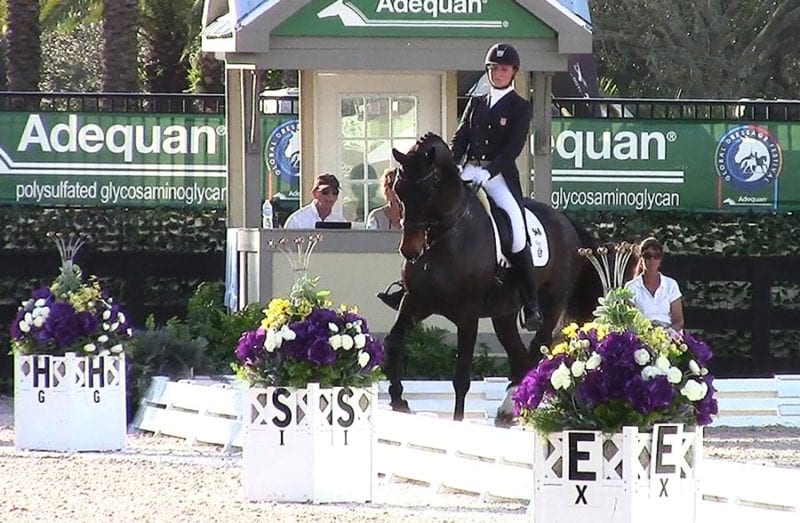
The sport of dressage is hard enough for aficionados to master the nuances of, never mind innocent spectators who may find themselves dragged along to a competition (you know, intrepid souls like partners, children, or the kind acquaintance who took interest in your horse that one time at yoga). Add into the mix the pomp and circumstance (The braids! The outfits! The polite golf claps at the end of a test!) and it is no wonder that the entire experience can leave the uninitiated feeling a bit…mystified.
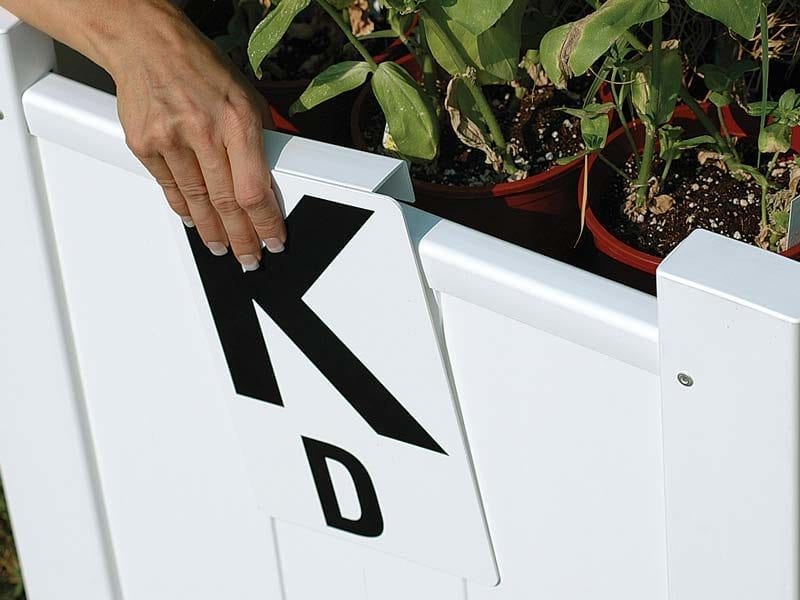
But one of the greatest sources of confusion is the dressage letters themselves. Instead of appearing around the arena in a logical, predictable order, the letters are arrayed seemingly at random, as if someone tossed a handful of Alpha-Bits cereal to the ground and said, “Yup. This will do.” Even for riders, who must have at least a spatial awareness of their placement to effectively perform figures and movements, the random arrangement of the letters can lead to challenges ranging from accurately memorizing test patterns to effectively executing the performance itself.
So where, exactly, did this random placement of arena letters come from? The exact answer is, unfortunately, lost to history. However, there are two dominant theories, both originating from Germany.
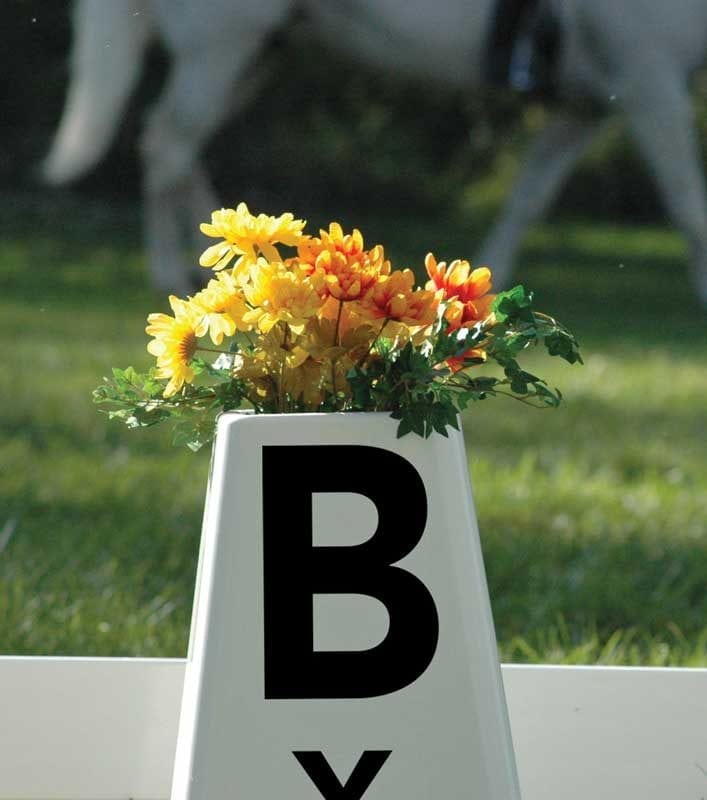
Dressage Letters and All the King’s Horses
The most shared story regarding the origins of dressage letters traces back to the 18th century, when the region we now call Germany was known as Prussia. Nearly 300 of the king’s horses lived at the Royal Manstall (stable), located in the Imperial German Court in Berlin. The sheer volume of animals necessitated a system for efficiently determining which horse each rider was assigned to for daily exercise or parades. It is theorized that markings on the walls of the stable yard (hof) corresponded with the location in which a groom would hold the mount designated for a specific person.
Although this is a compelling theory, it does not account for where the letter “C” came from, or the imaginary center line letters of “D,” “L,” “X,” “I” or “G.” And it does lead one to wonder whether such VIPs as a prince or even the emperor himself would be interested enough to school their dressage figures daily.
Letter and Corresponding Role (Imperial German Court):
A: Ausgang (Exit)
B: Bannerträger (Standard Bearer)
E: Edeling/Ehrengast (Chieftain or Honored Guest)
F: Fürst (Prince)
H: Hofmarshall (Lord Chancellor)
K: Kaiser (King or Emperor)
M: Meier (Steward)
P: Pferknecht (Ostler or Groom)
R: Ritter (Knight)
S: Schzkanzler (Chancellor of the Exchequer)
V: Vassal (Servant/Squire/Equerry)
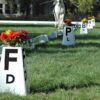
Dressage Letters and German Cavalry
A second theory attributes the development of modern dressage letters to the German cavalry of the early 1900’s. According to many sources, the space between the stable blocks in the German cavalry barracks was 20 meters wide by 60 meters long, the same dimensions as a modern standard sized arena. This space was generous enough to allow for formation riding and daily schooling and was labelled with letters whose positions along the edge may have been partially inspired by the earlier system related to noble titles. Other sources indicate that the outdoor arena was labelled simply with letters corresponding to the entrances of the various barracks. The German Cavalry Manual of 1882 shows an indoor arena diagram with the dimensions of 20 meters by 40 meters—the modern small arena—with the letters “A”, “B”, “C”, and “D” marking each corner, and the letters “E” and “F” positioned on the middle of each long side.

Dressage Letters and the Duke of Newcastle
One additional theory on the origin of dressage letters links them to William Cavendish, the Duke of Newcastle (U.K.). Cavendish was the author of the 1658 book, A General System of Horses, and some sources believe that today’s dressage letters represent the initials of horses within his stable.
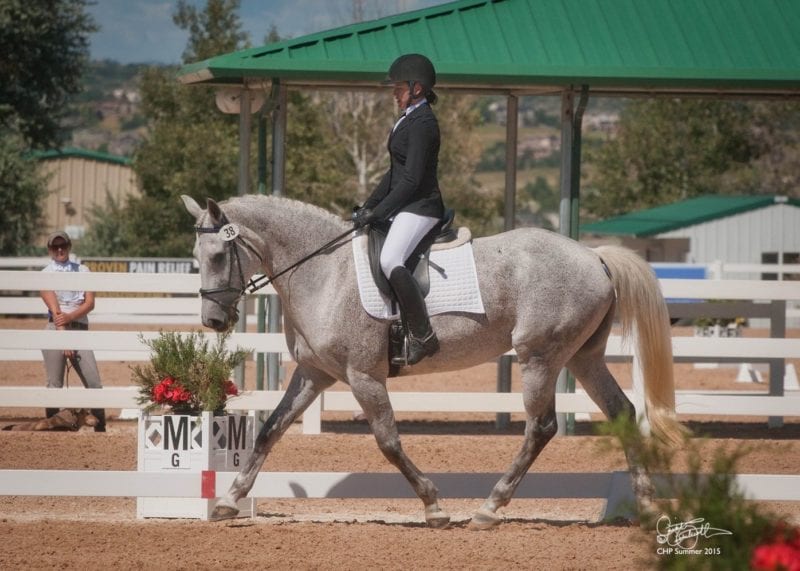
Dressage Letters and the Olympics
Whatever their arrangement, the letters ringing cavalry arenas seem to have been used to assist in the performance of maneuvers and figures, as well as for traffic control in a crowded arena—like how arena letters are used by dressage riders today. This function was formalized at the 1932 Olympic Games in Los Angeles, when dressage was officially introduced as a sport for commissioned cavalry officers. In 1948, the Swedish team was disqualified when it was discovered that a non-commissioned officer had competed. This scandalous event led to the rule change allowing civilians and women to begin competing in Olympic dressage with the 1952 Games.
Dressage Letters and the Modern Equestrian
The modern equestrian doesn’t need to worry as much about where dressage letters came from as she does about what she needs to do at each marker. To this end, dressage enthusiasts have created several popular mnemonics to help them remember the sequence of letters:
Small Arena (20m x 40m)
Clockwise: All King Edward’s Horses Can Make Big Fences
Counter-clockwise: A Fat Big Mother Cat Had Eight Kittens; All Fat Brown Mares Can Hardly Ever Kick (it is true, I own one)
Centerline (from “A”): Do Extra Good (who doesn’t love a little positive mojo?)
Large or Standard Arena (20m x 60m)
Clockwise: All King Victor’s Expensive Show Horses Can Manage Really Big Plastic Fences
Counter-clockwise: A Fat Palomino Broodmare Rarely Makes Calm Horses, Several Extend Vicious Kicks
Centerline (from “A”): DeLuXe I Go; Doing Lots Extra is Good
Whatever their origins, properly positioned dressage letters are key to correctly executing the required movements of a test. At home, dressage letters allow us to demonstrate accuracy in movements and figures which in turn gymnasticizes our horse, as well as increases its suppleness and strength. I’m not sure that too many of us are thinking about the fact that “F” used to indicate where a prince might be found as we prepare to ride a medium trot across the diagonal. However, it is fun to think that in practicing modern dressage, the sport retains connections to traditions from centuries ago.
No dressage letters to practice with? Read more about Premier Equestrian’s popular Sundance Dressage Arena and Berkshire Dressage Letter Package.
Shop the Blog
-
Sale!
Modern Colonial Dressage Flower Boxes
Price range: $1,027.76 through $2,036.6618″ or 22″ Tall, Set of 8 or 12
Free Shipping in the contiguous U.S.
-
Sale!
Modern Colonial Flower Boxes
Price range: $107.10 through $152.1018″ or 22″ Tall
Free Shipping in the contiguous U.S.
-
Sale!
Tower Dressage Arena Letters
Price range: $1,032.26 through $1,525.50Sets of 12 or 8
Free Shipping in the contiguous U.S.
-
Sale!
Wall Dressage Arena Letters
Price range: $170.96 through $211.46Sets of 12 or 8
Free Shipping in the contiguous U.S.
-
Sale!
Dressage Arena Rail Letters
Price range: $179.96 through $251.96Sets of 12 or 8
Free Shipping in the contiguous U.S.
-
Sale!
Elite Dressage Arena Letters
Price range: $294.26 through $746.96Sets of 12 or 8
Free Shipping in the contiguous U.S.
-
Sale!
Berkshire Dressage Arena Letters
Price range: $742.50 through $985.50Sets of 8 or 12
Free Shipping in the contiguous U.S.
-
Sale!
Dressage Arena Letter Markers
Price range: $88.16 through $107.06Sets of 12 or 8
Free shipping over $150
-
Sale!
Dressage Arena Rail Letters (Singles)
Original price was: $44.99.$40.49Current price is: $40.49.Free shipping in the contiguous U.S.
-
Sale!
Dressage Arena Wall Letters (Singles)
Original price was: $44.99.$40.49Current price is: $40.49.Free shipping in the contiguous U.S.
About the author
Christina Keim is a professional equestrian and writer based at Cold Moon Farm in Rochester, NH. Over the course of her career, she has worked as a barn manager, head groom, riding instructor, and collegiate equestrian team coach. In 2015, she founded Cold Moon Farm with the mission to promote sustainable living, conservation, and the highest standards of compassionate horsemanship.

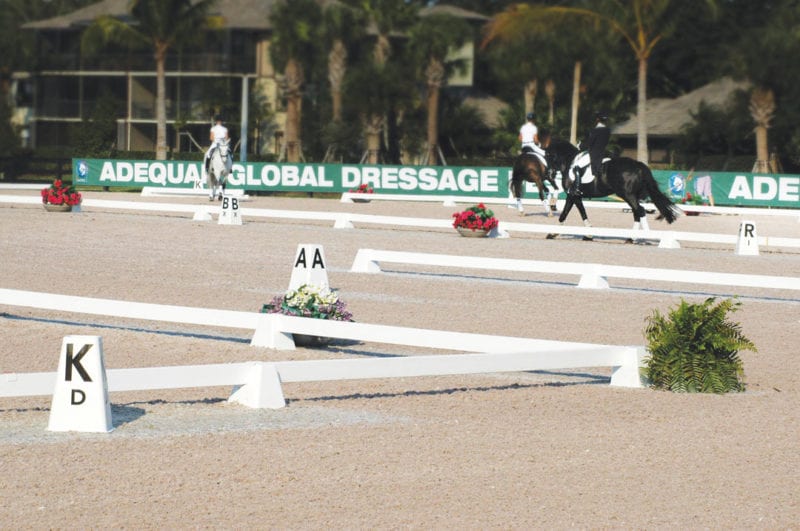
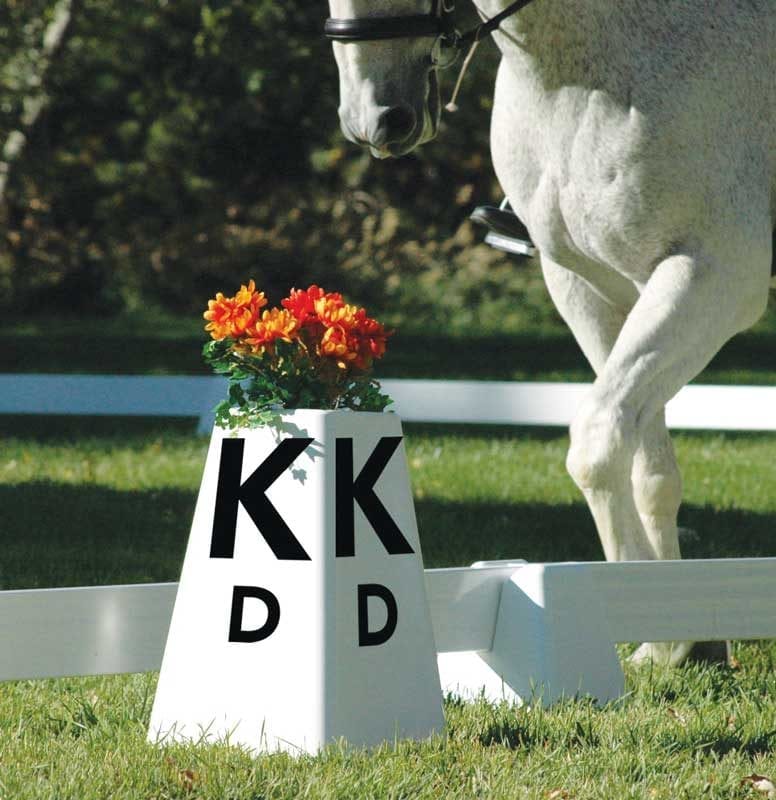
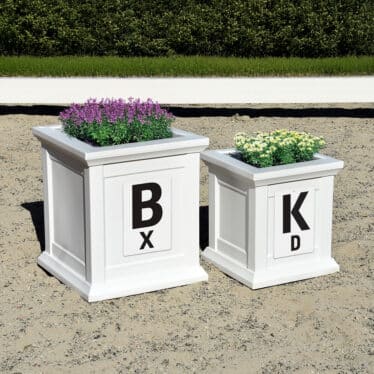

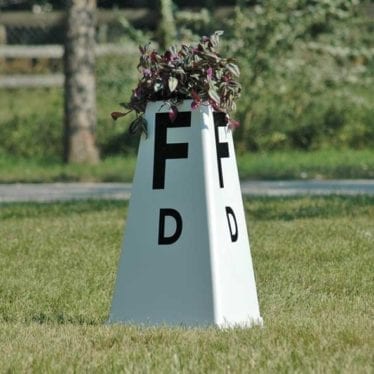
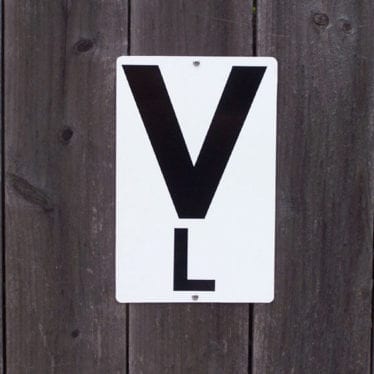
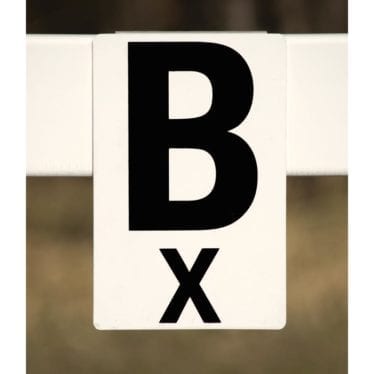
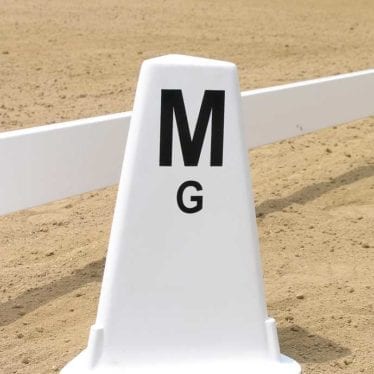
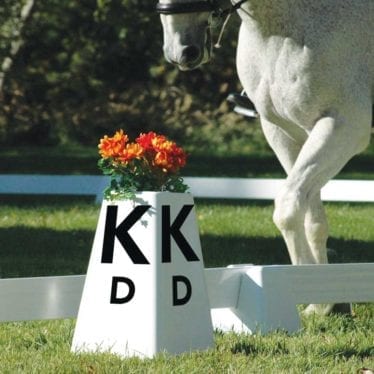
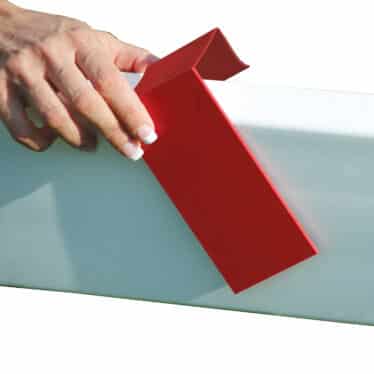

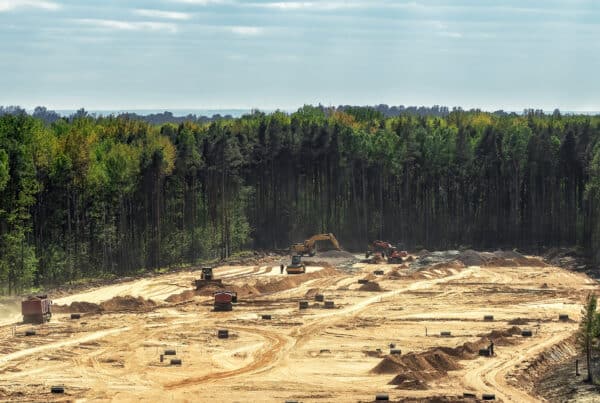
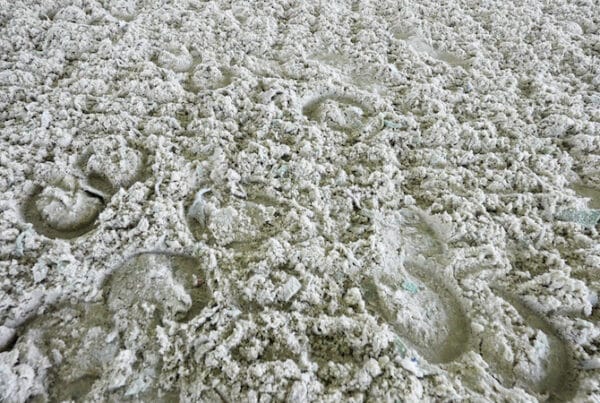


One Comment